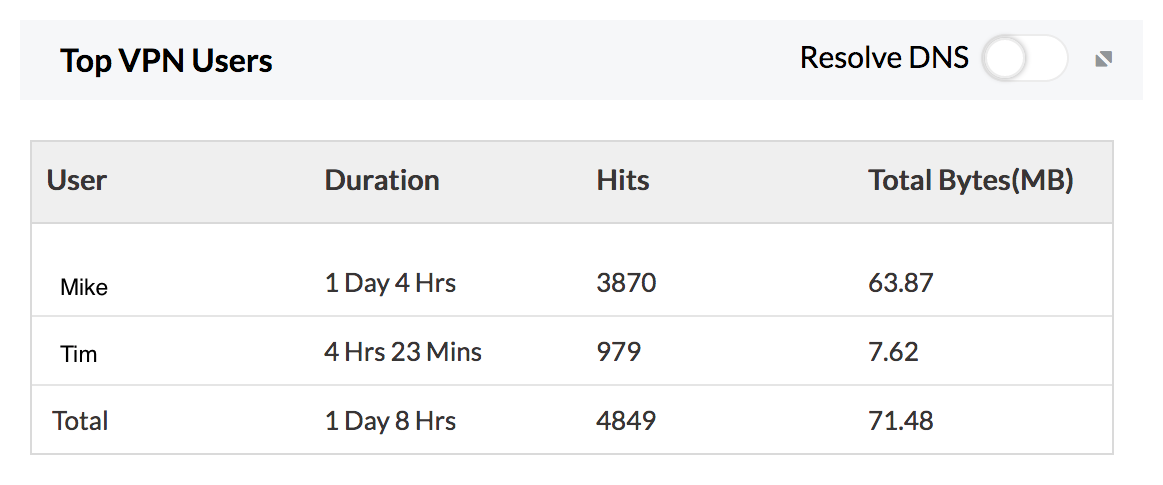

Network congestion - VPN gateways are bottlenecks through which all remote traffic flows. The OpenVPN protocol’s outdated model imposes severe performance penalties on company networks and the user experience. Today’s internet-connected architectures make this secure perimeter paradigm obsolete. TwingateĪt the heart of OpenVPN’s decades-old architecture is the assumption that a company’s resources, devices, and users are in the same physical location. Twingate’s Zero Trust solution dramatically reduces an organization’s attack surface and limits hackers’ abilities to move through a network. Connections are only created once a user has been authenticated and authorized through role-based least-privilege access policies. Rather than defending entire networks, Twingate establishes software-defined perimeters around each resource, hiding it from public and private networks alike. Breaches could happen at any time - and may already be in progress. Zero Trust Network Access solutions such as Twingate’s are designed for a networking environment in which nothing is reliably secure.
VPN MONITOR DDWRT FULL
Network access - A compromised client device or VPN gateway gives hackers full access to the protected network. Public visibility - All VPN gateways publish their presence on the internet, letting hackers monitor them for vulnerabilities. As a result, VPN technologies create two major security weaknesses: That fundamental concept remained as it evolved to support remote access features. They were originally developed to provide secure, network-to-network connections over the internet. The VPN architecture that OpenVPN is based on is as old as the public internet. OpenVPN Cloud is a managed remote access service that lets companies avoid maintaining their own servers. OpenVPN Access Server is a Linux-based VPN solution for small and medium businesses. to commercialize their protocol through two main product lines. The project’s original developers also founded OpenVPN, Inc. Open-source VPN router firmware projects such as DD-WRT have also integrated the OpenVPN protocol. With twenty years of community development effort behind it, the OpenVPN protocol has been ported to a wide range of platforms including all major desktop and mobile operating systems. Native authentication through pre-shared keys or certificates

SSL/TLS security through the OpenSSL library The capabilities this protocol offers includes: First developed in 2001, the protocol’s configurability has led to widespread adoption by consumer and commercial VPN providers alike. OpenVPN is an open-source protocol for establishing virtual private network connections. We will compare Twingate with OpenVPN’s legacy technology and show how our modern approach is more secure, more performant, easier to use, and more responsive to today’s dynamic business conditions. In this article, we will explain why OpenVPN and other VPN protocols are no longer suited to how the world works today. It simply is not designed to handle the realities of today’s distributed, cloud-enabled networking ecosystem. Yet, OpenVPN suffers from the weaknesses inherent to all VPN technologies. Available in many commercial and consumer VPN applications, OpenVPN is a simpler, more performant alternative to IPsec. OpenVPN is a twenty-year-old protocol for delivering remote access to protected networks.


 0 kommentar(er)
0 kommentar(er)
